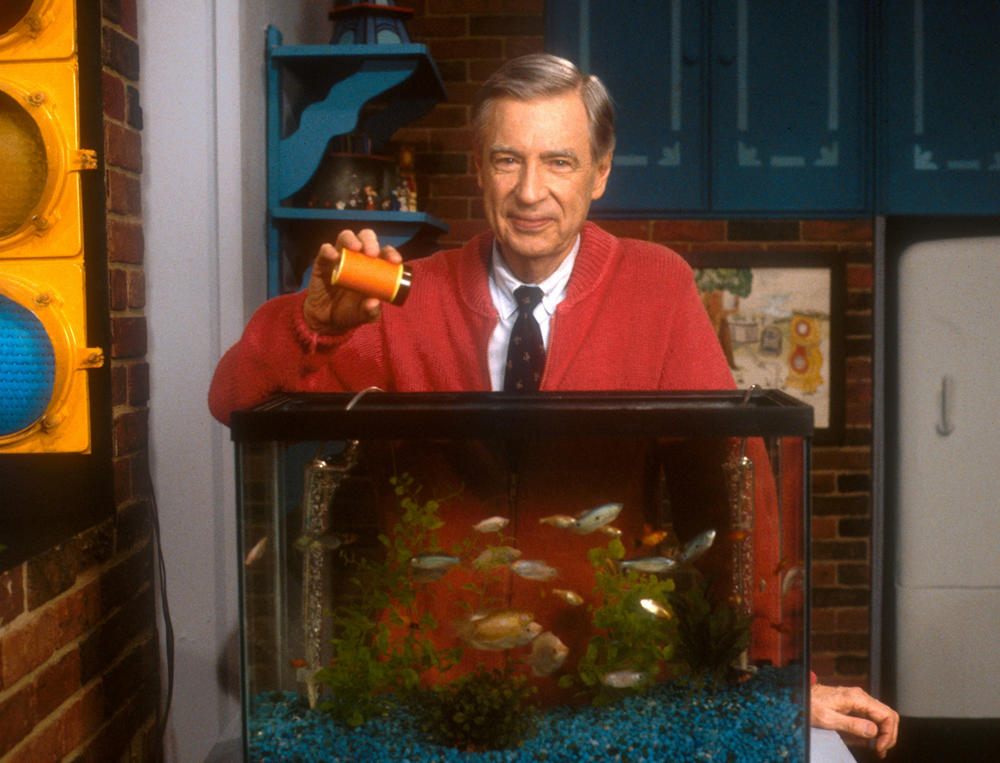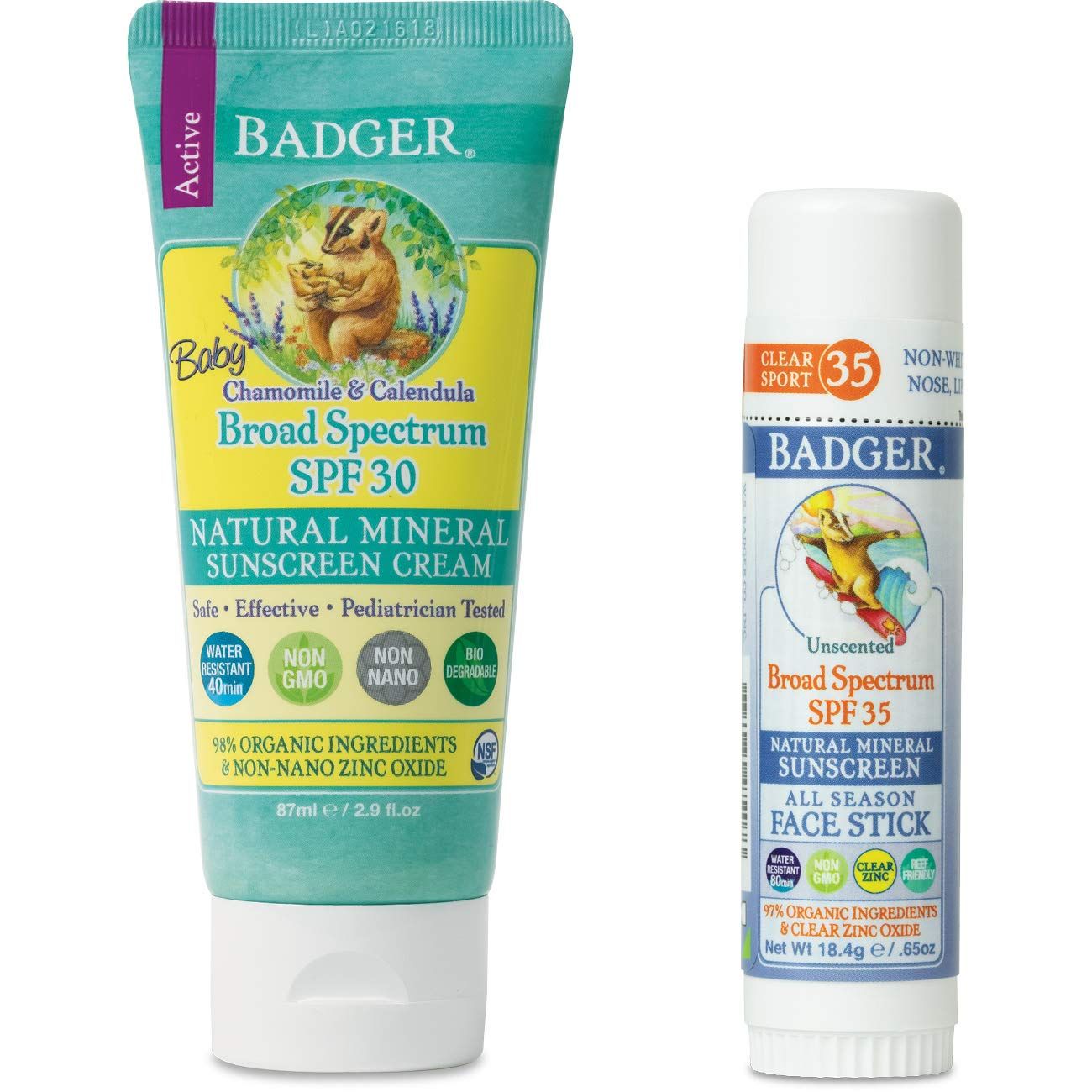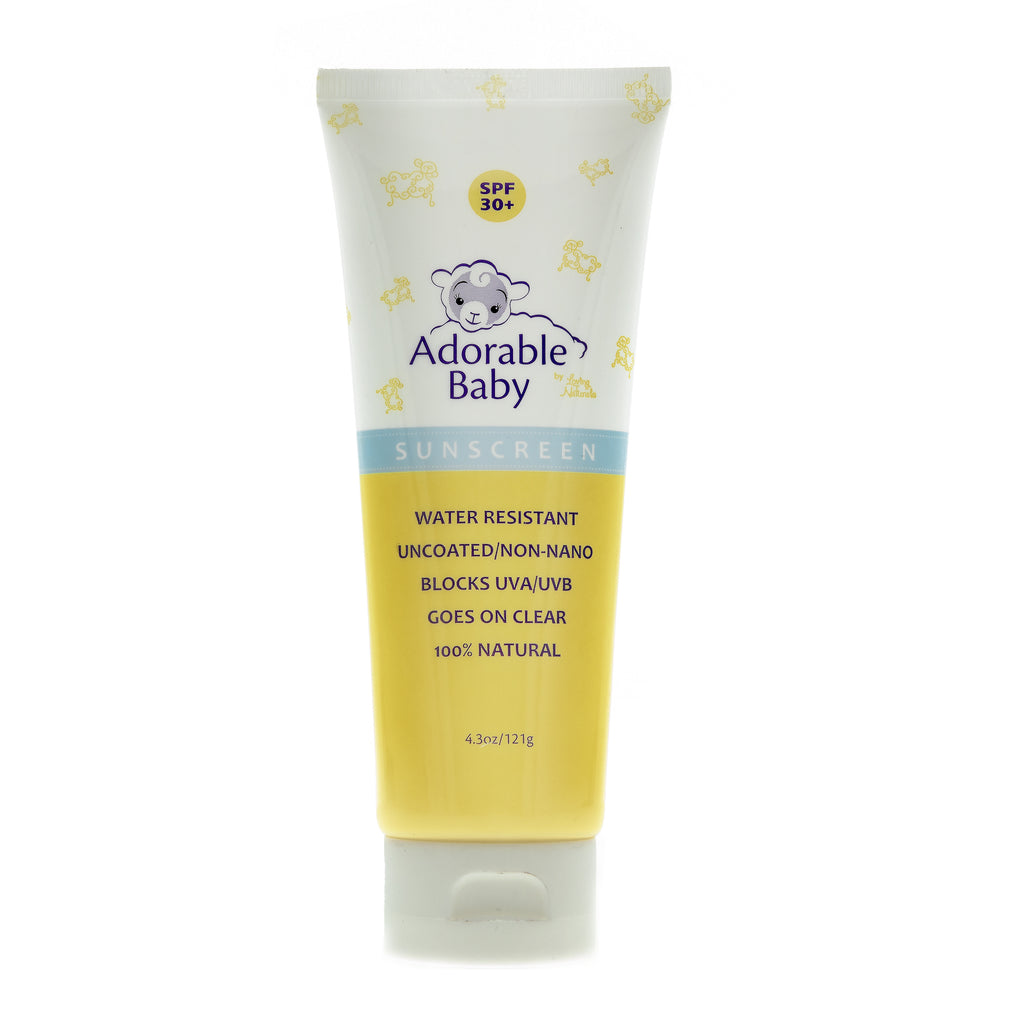


If your baby is becoming sunburned, get out of the sun right away and apply cold compresses to the affected areas.

These signs include fussiness, redness, and excessive crying. Watch your baby carefully for warning signs of sunburn or dehydration.Make sure your baby wears a hat that provides shade to the face, neck, and ears.If you hold the fabric against your hand and it’s sheer enough to see through it, it probably doesn’t offer enough protection. Make sure your child wears clothing that covers and protects his or her sensitive skin.Talk to your pediatrician before using any sunscreen on your baby.Keep your baby in the shade as much as possible.Here are some things to keep in mind this summer when outside with infants younger than 6 months: Their bodies haven’t fully developed that built-in heating-and-cooling system, so they can become easily overheated – and have a greater risk of becoming dehydrated.
Baby sunscreen skin#
But younger babies don’t sweat like adults do. Plant Powered Baby Skin Sunscreen Lotion 95 Bio-Based Ingredients to Protects baby's skin from Sun Damage 4.5625 / 5.0 (64) 64 total reviews. Our sweat naturally cools us down when we’re hot. Summer’s heat presents other challenges for babies. And for fabrics, tight weaves are better than loose ones. Not baseball caps, which don’t shade the neck or ears, both of which are sensitive areas for a baby. Babies should wear a hat with a brim that shades the neck to prevent sunburn. The AAP suggests dressing infants in lightweight clothing, such as long pants and long-sleeve shirts. And check with your pediatrician before applying sunscreen to children younger than 6 months. If you do need to be outside in the sun during those times, be sure to take extra precautions. and 2 p.m., when the sun is at its strongest and ultraviolet (UV) rays are most intense. It’s especially important to keep your baby out of the sun between 10 a.m. Or create your own shade under a beach umbrella, a pop-up tent, or a stroller canopy. Look for natural shade, such as under a tree. The best sun protection for these infants is to stay in the shade. The FDA and the American Academy of Pediatrics (AAP) recommend keeping newborns and babies younger than 6 months out of direct sunlight. That’s because infants are at greater risk than adults of sunscreen side effects, such as a rash. But sunscreen isn’t the answer, according to the U.S. Your infant’s sensitive skin is vulnerable to serious burns. But should you put sunscreen on your baby to protect them from the sun’s bright rays? Not usually. active ingredients: titanium dioxide 3.16%, zinc oxide 12.When you go outdoors with your infant, whether for a quick stroll in the park or a day at the beach, it’s important to keep your little one out of the sun. Apply liberally and evenly 15 minutes before exposure and at least every 2 hours, every 80 minutes when swimming or sweating, and immediately after towel drying. And it's non-allergenic and tear-free, so it can go on your baby wherever the sun’s gonna shine. Our all-mineral active ingredient formula provides broad spectrum UVA/UVB protection and glides on smooth for easy application. It’s a big, wide world out there and your baby wants at it.


 0 kommentar(er)
0 kommentar(er)
